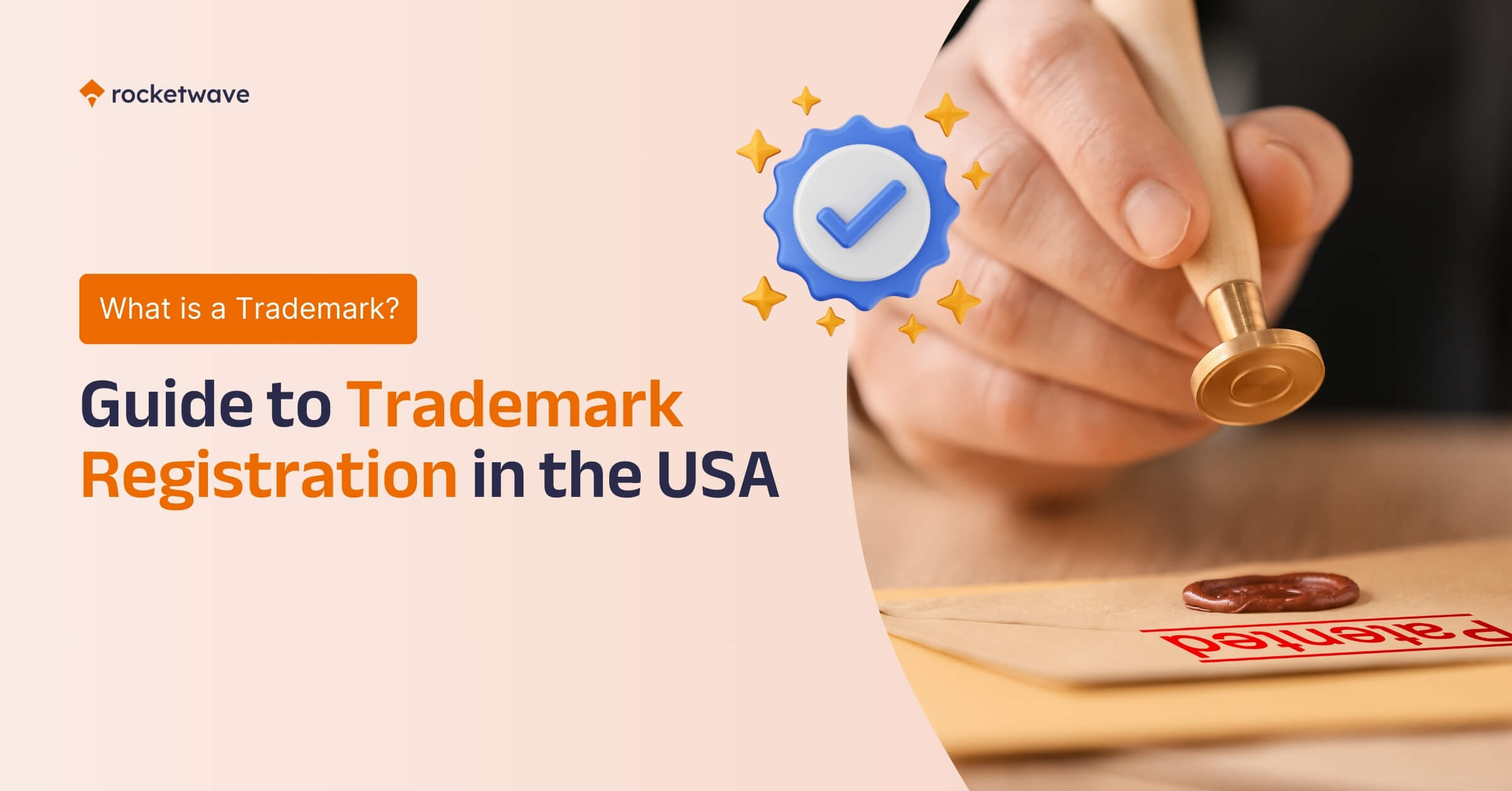What is a Trademark?
A trademark is a distinctive sign, design, word, phrase, symbol, or combination that identifies and distinguishes the source of the goods or services of one party from those of others. Essentially, it serves as a brand identifier and a promise of quality to consumers. Trademarks can include company names, logos, slogans, and even unique product shapes or packaging.
Trademark Registration in the USA
The United States Patent and Trademark Office (USPTO) handles trademark registration in the United States. Registering a trademark provides legal protection and exclusive rights to use the mark nationwide for the goods or services listed in the registration. It also provides a public record of your ownership, which can be crucial in legal disputes.
- A 2021 study by the International Trademark Association found that trademarks are among the most valuable intangible assets for businesses, with an average brand value increase of 33.2% after registration.
- The USPTO reports that over 880,000 trademark applications were filed in 2022 alone, highlighting the growing importance of brand protection in the US.
How to File a Trademark in the USA
As a US business owner, filing a trademark in the USA is crucial for long-term success. Filing a trademark involves several complex steps:
- Search and Research: Before filing, it’s essential to conduct a comprehensive trademark search to ensure your desired trademark is not already in use. This step helps avoid potential legal conflicts and rejections.
- Prepare Your Application: Gather all necessary information, including the mark itself, the goods/services it will be used for, and the basis for filing (use in commerce or intent to use).
- Submit Your Application: File your application through the USPTO’s online system. The application includes a description of your mark, a specimen (example of how the mark is used), and the required fees.
- USPTO Examination: After submission, a USPTO examining attorney reviews the application to ensure it meets all legal requirements. This process can take several months and may involve correspondence for additional information or clarification.
- Publication for Opposition: If the examining attorney approves the application, it is published in the USPTO’s Official Gazette. During these 30 days, third parties can oppose the registration.
- Final Registration: If no opposition is filed or the opposition is unsuccessful, the trademark proceeds to registration. If the basis was intended to be used, you must provide proof of use before final registration.
However, if you do not yet have a US LLC or US C-Corp and wish to establish your global business, it is essential first to register your US company. Consult with our expert team today to define your US Company type.
How Rocket Wave Helps You File a Trademark
Rocket Wave simplifies the trademark registration process and supports you at every stage:
- Initial Consultation: We begin with an in-depth consultation to understand your business and trademark needs.
- Comprehensive Trademark Search: Our team conducts a thorough search to ensure your desired trademark is available, reducing the risk of rejection or legal disputes.
- Application Preparation: We prepare and review all necessary documents, ensuring they meet USPTO requirements and standards.
- Filing and Correspondence Management: We apply on your behalf and handle all USPTO correspondence, including responding to office actions and queries. This support continues until your trademark is approved.
- Ongoing Support: Even after filing, we provide continuous support to keep you updated on the status of your application and ensure all deadlines are met.
Advantages of Registering a Trademark in the USA
Legal Protection
A registered trademark provides robust legal protection against unauthorized use and infringement. According to the International Trademark Association (INTA), trademark registration significantly strengthens legal recourse, with registered marks being easier to defend in court. It establishes your exclusive rights to use the mark nationwide, preventing others from using similar marks that could confuse consumers or dilute your brand’s distinctiveness.
Nationwide Coverage
Trademark registration grants exclusive rights to use the mark across the United States. This nationwide protection is crucial for businesses aiming to establish a consistent brand identity and prevent competitors from encroaching on their market presence. Statistics show that businesses with registered trademarks are better equipped to enforce their rights and maintain brand integrity in diverse geographic markets.
Brand Recognition
A registered trademark enhances brand visibility and recognition, playing a pivotal role in consumer trust and loyalty. Studies indicate that consumers are more likely to trust and purchase from brands with recognized trademarks, viewing them as reputable and dependable. This recognition not only differentiates your products or services but also strengthens your market position against competitors.
Increased Value
A registered trademark is a valuable intangible asset that appreciates over time. It contributes to your company’s overall value, enhancing investor confidence and facilitating potential mergers or acquisitions. Research suggests that businesses with strong trademark portfolios command higher valuations and have greater borrowing capacity due to their established brand equity.
Internet and Social Media Protection
Trademark registration helps protect your brand online, including on social media platforms where brand identity and reputation are vulnerable to infringement and impersonation. Having a registered trademark enables platforms to more effectively address counterfeit accounts and content misuse, safeguarding your digital presence and customer trust.
Simplified Foreign Registrations
A US trademark registration can serve as a foundation for obtaining trademark protection in other countries through international treaties and agreements. This streamlined process reduces administrative burdens and costs associated with securing global trademark rights, facilitating international expansion strategies.
Exclusive Usage Rights
Trademark registration confers exclusive rights to use the mark in connection with the registered goods or services. This exclusivity prevents competitors from leveraging your brand’s reputation for their gain and strengthens your market position by maintaining control over brand identity and consumer perception.
Customs Protection
Registered trademarks can be recorded with the US Customs and Border Protection, enabling customs officials to block the importation of counterfeit goods that infringe on your trademark rights. This proactive measure helps mitigate the economic and reputational risks associated with counterfeit products in the global marketplace.
Legal Recourse
Trademark registration provides the statutory right to bring legal action in federal court against infringers, seeking damages, injunctions, and other remedies. This enforcement capability is critical for protecting your brand’s integrity and market exclusivity, deterring potential infringers from exploiting your intellectual property.
Expansion Opportunities
A registered trademark facilitates business expansion by offering licensing opportunities to third parties or franchising your business model. Licensing agreements allow others to use your trademark under specified conditions, generating additional revenue streams while maintaining brand consistency and quality standards.
Consumer Trust
Registered trademarks symbolize consistent quality and reliability, fostering consumer confidence and loyalty. Studies indicate that brands with recognized trademarks are perceived as more trustworthy and credible, influencing purchasing decisions and enhancing customer retention rates.
Why Register Your Trademark Now, Not Later?
Registering your trademark is a critical step in protecting your brand and ensuring its growth. It provides legal protection, enhances your brand’s credibility, and creates expansion opportunities. Moreover, it establishes a public record of your ownership, which can be invaluable in disputes. By securing your trademark, you’re not only protecting your current business but also laying the groundwork for future success.





